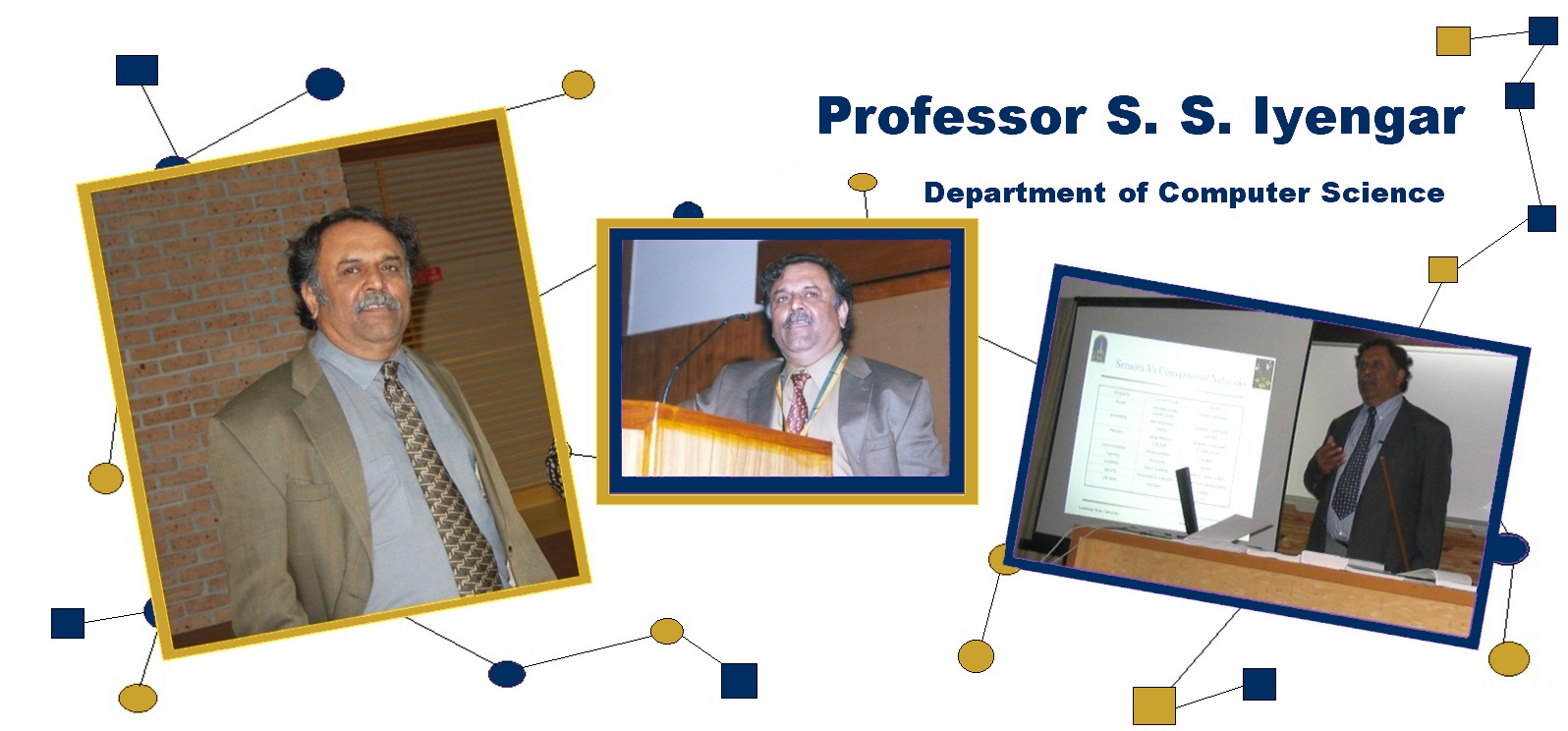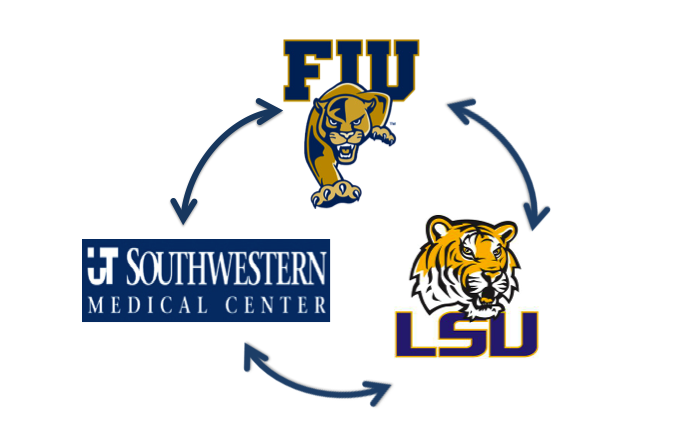
Dr. Iyengar has participated in and contributed to many scientific inquiries through collaboration with either individuals or groups in National Laboratories, Technological Institutions, and other Research centers.
Using Geometric Information Analysis and Processing.
Dr. Iyengar’s research group is currently developing a computational framework to model the respiratory motion of the tumor and its surrounding organs, which could guide the automatic offline planning and intelligent online management of lung radiotherapy.
Jointly with FIU, LSU and UT Southeastern Medical Center.

[Iyengar, Li, Sawant et al. “Toward More Precise Radiotherapy Treatment of Lung Tumors,” IEEE Computer, Vol. 45, Issue 1, pp. 59-65, 2012]
Computational Medicine Application
Modeling Respiratory Motion of Lung Tumor
- Most solid tumors should receive radiation treatment: the radiation beam should hit the tumor without damaging nearby organs and tissues
- Tumors could be moving and deforming during respiratory cycles; it is desirable to model their trajectories and deformations accurately
- Our goal: a computational framework to model the movement and deformation of the tumor and its surrounding structures
- The Temporal lung data are reconstructed from 3D CT and MRI scans
- Offline preprocessing stage: we process the scanned sequential medical images, and build a 4D parametric lung deformation model that approximates the respiratory cycle
- Online radiology treatment: A parametric model is used to predict the position and shape of the tumor; this will guide the shape and targeting direction of the radiation beam
Our Computational Framework
Offline Modeling and Planning
- Extract and reconstruct the geometric model from 3D CT scanning
- Compute volumetric mapping to match 3D volumes; interpolate the mapped temporal data to construct the deforming 4D (spatial + temporal) model
- Refining the 4D model constructed from (spatially dense but temporally sparse) CT images using the (spatially sparse but temporally dense) MRI images
Online Prediction and Delivery
- Synchronize (match) the 4D model with the online X-ray image taken when the patient is on the table
- Optimize the shape, position and targeting direction of the radiation beam
Startup Companies
- Dr. Iyengar invented the Cognitive Information Management Shell, a complex event processing architecture and engine that innovatively combines automated agent synthesis with machine learning-based agile analytics and distributed databases. This shell introduced a new paradigm for combining machine learning with expert knowledge and human input. This shell could prove to be the most important advance in complex event processing technology in decades.
- In collaboration with Morph2O and Indian Agricultural Research Institute, Dr. Iyengar led the engineering team at NuLogix Labs, a start-up company that he founded in 2010 to commercialize this technology and lead its deployment in the agricultural domain in India and the United States.
- The system Dr. Iyengar and his team developed provide soil and water management information for precise agriculture with an ability to deal with unpredictable environmental conditions. It receives data from ground sensors and satellite imagery to both proactively and reactively provides analytics and control for irrigation, fertilization, yield management, etc.
- NuLogix beginning in 2010, also has received grants totaling over $500,000 from several nongovernmental organizations in developing countries to deploy this technology. This system will provide a convergent platform that provides wide area analytics for several hundred governmental and nongovernmental organizations in the developing world.
